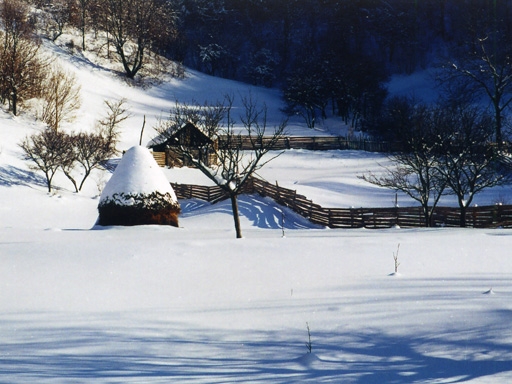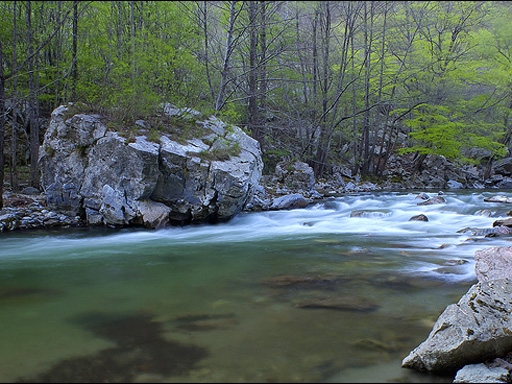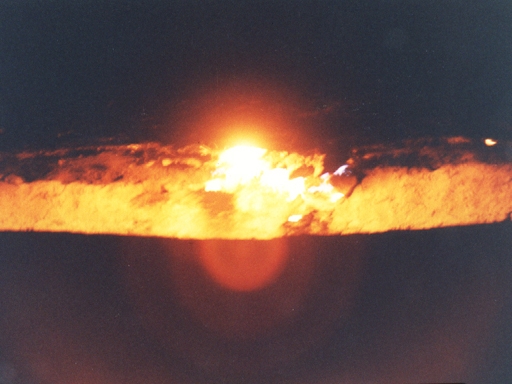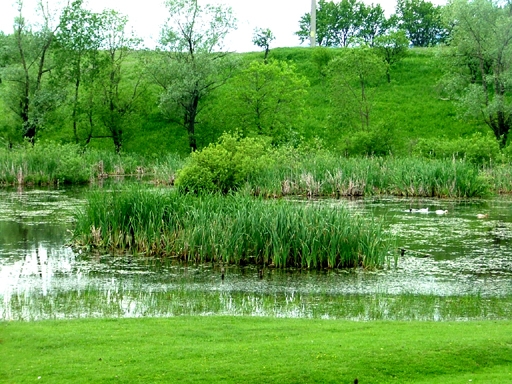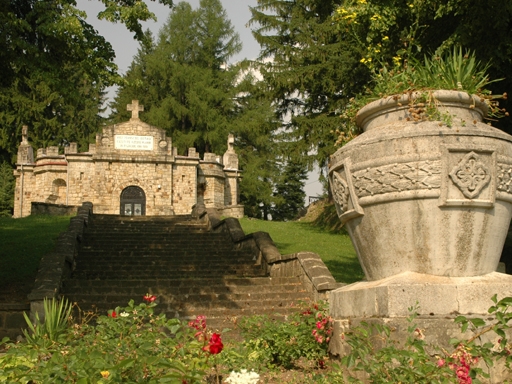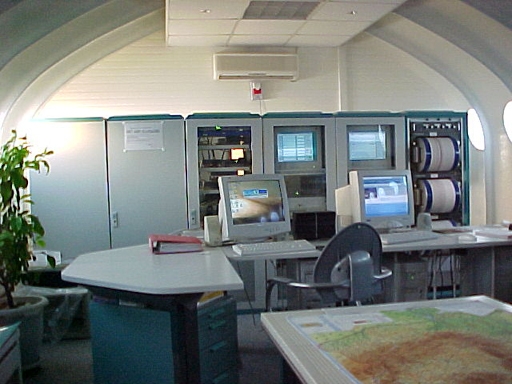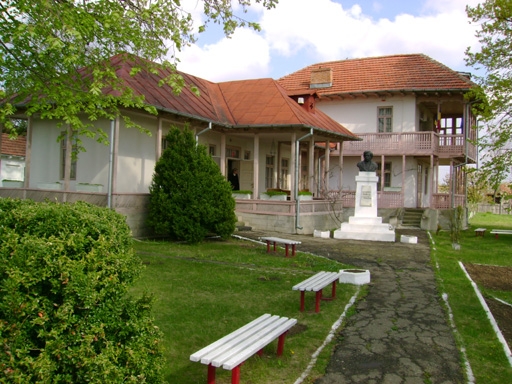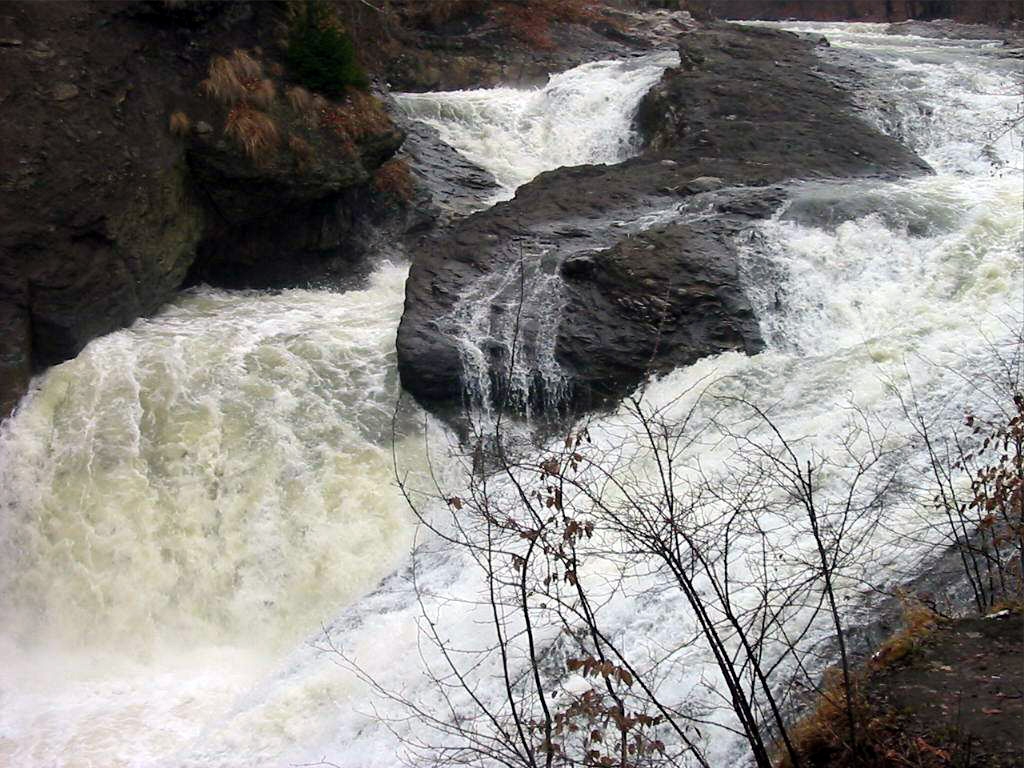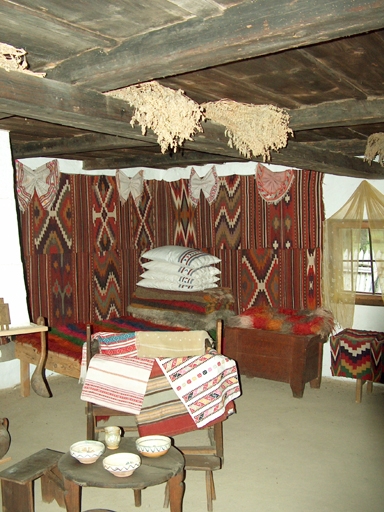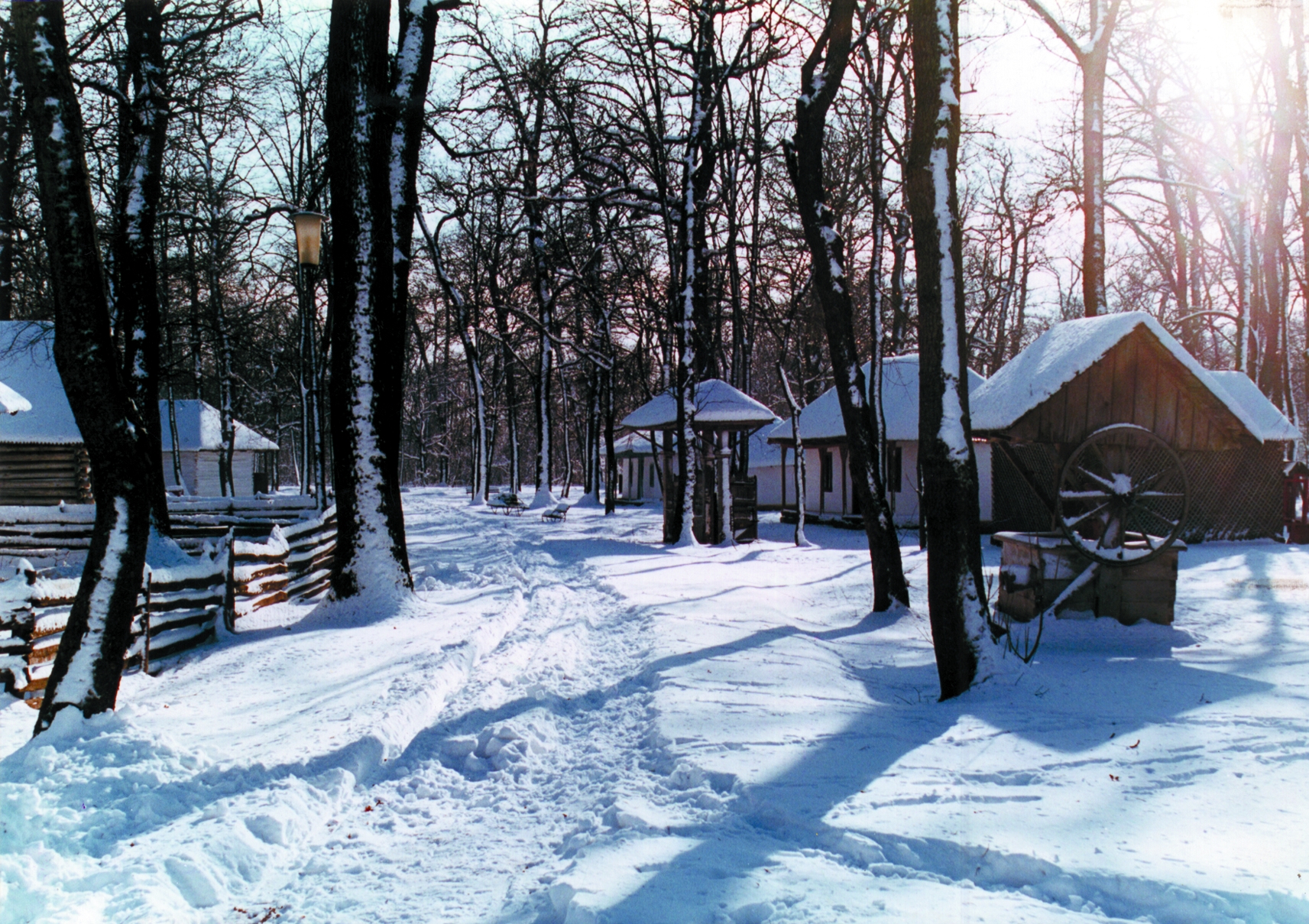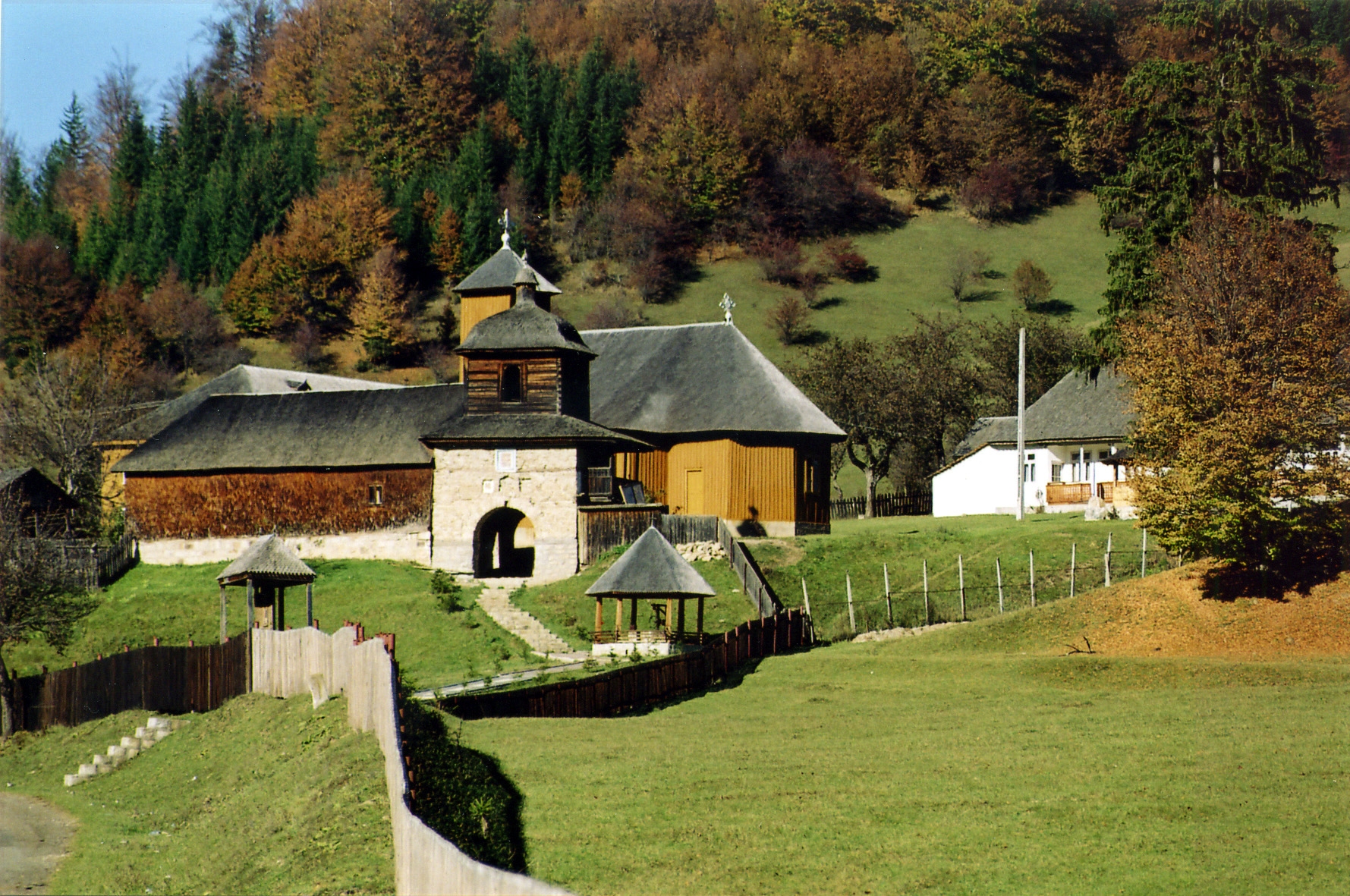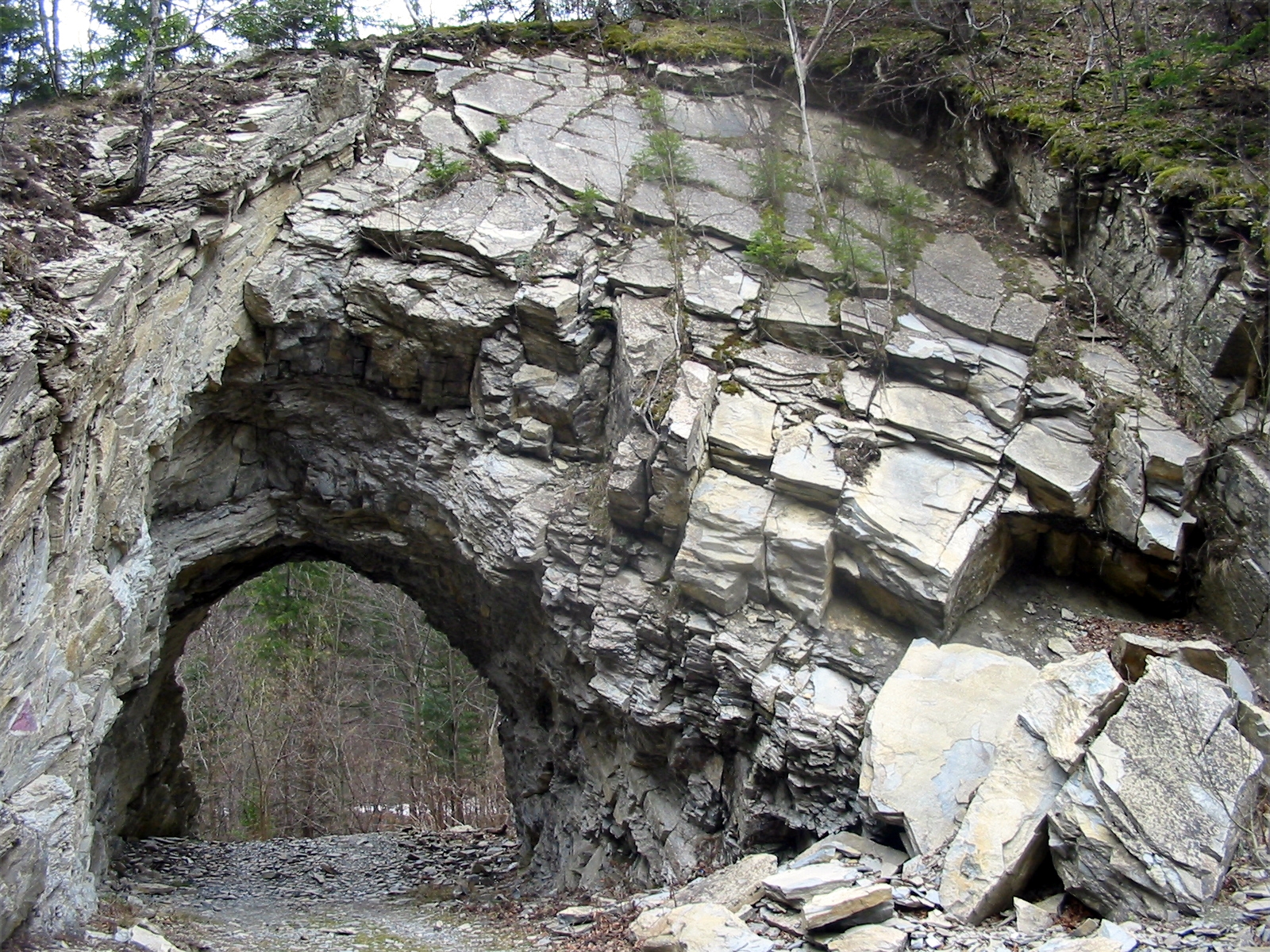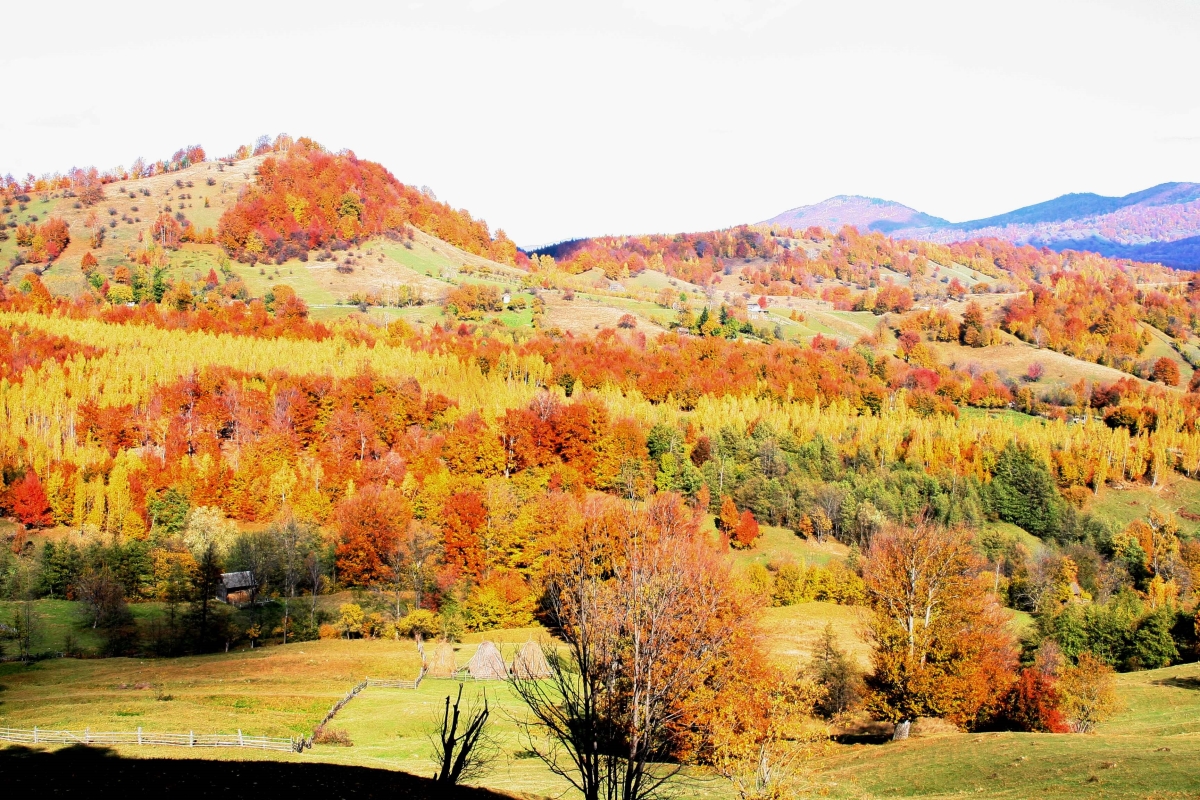
Tourism
Dear traveller,
If you want to visit the wonderful lands of Vrancea, for knowing its valuable traditions and the traditional crafts and for being overwhelmed by the beauty of these places blessed by God, we are inviting you to stop for a while on the lands where Miorița was born!
Vrancea has a picturesque landscape, in which are protected natural monuments of a special beauty: the Natural Park Putna Vrancea, Putna Waterfalls, the Natural Reservation Tisita Gorges, the Alive Fire from Andreiasu de Jos, Caldarile Zabalei, Mișina Waterfalls from Nistorești, the Black Lake from Naruja Gorges, the PinePit from Tulnici, Goru Mountain. Vrancea has a remarkably varied relief, with a balanced representation of all the relief forms and a county specificity given by the existence of a high between hills depression, well irrigated by Putna River basin and its affluents.
The Mausoleums from Mărăşti, Mărăşeşti and Soveja, or the Memorial House “Moş Ion Roată” from Cîmpuri, the House of Tudora Vrancioaia from Bîrseşti, are talking about the history and legends of this land.
The pastoral Vrancea is even nowadays the owner of the traditional crafts: sheep breeding, smoked cheese, wood carving (small cooperage, the cheese patterns, trinities, household objects), pottery, weave ring the cloth, the fabrics, the towels and manufacturing (sewing, embroidering) the traditional outfit from Vrancea, the creators of traditional instruments (whistle, pipe, bagpipe, horn, ocarina) from Nereju, Nistoreşti, Spulber and the authentic traditional masks from Nereju, Năruja, Vintileasca, the artistic manufacturing of osier and rush at Suraia.
Dear traveller, on your way you will find many times the authentic traditional outfit from Vrancea, sober or vividly coloured, depending on the age, discretely inwrought, but with great effect, worn with pride and elegant by the locals, illustrating convincingly the cultural and ethnographic continuity and unity of our people.
Vrancea County is famous for the wine making and because it has excellent autochthonous varieties, reunited in a row of famous vineyards and wine cellars: Coteşti, Jariştea, Odobeşti and Panciu, with its famous sparkling wine, which are located on “Vrancea’s Vineyards Route”.
The citizens from Vrancea know how to work, but also they know how to enjoy in the days of celebration, the best opportunity being the vineyards harvesting. Every year in October the people from Vrancea are welcoming their guests at the International Festival of Wines and Vineyards “Bacchus”, the most important event of this type from România, a good opportunity for tasting a glass of wine from Vrancea’s special wines.
Arriving in Focşani municipality, you can book a seat in the lodge of the Municipal Theatre “Mr. Gh. Pastia”, at the Popular Athenaeum “Mr. Gh. Pastia” or at the Folklore Group “Tara Vrancei”, in order to watch a theater show, a symphonic concert or a folkloric show, for completing the cultural and historic image of nowadays Vrancea.
The beauty and uniqueness of the landscapes from Vrancea County is noticed through the fact that it has a variety of relief forms that is good for different touristic activities:
- the plain area – Siret Valley, with some parts of meadows that preserves a natural habitat well conserved, good for a diverse and attractive fauna for the wild birds’ lovers;
- The area of external hills is characterized by extended areas and noble and famous vineyards, the tourists being invited to visit the wine cellars from Panciu and Osobesti;
- The area of the eastern high hills still has areas of secular forests, relatively well preserved (Dalhauti Forest) and offer an attractive background attractive for the viticulture area, as well as for the internal depressions;
- The depressions between hills (transversal or along Susita, Putna and Milcov valleys, as well as at the water basin between Milcov and Raman basin) include the touristic areas with the highest potential from the entire county and are developed on the river beds, offering a multitude of picturesque observation points, that need to be improved;
- The county’s mountain area is characterized b6 an abundant afforestation, certain geographers characterizing these areas as being the densest mountain forests from Romania. The mountains are unfolding on floors, offering a picturesque amphitheatre well observable from the most points of the depressions from between hills – probably the most attractive observation point being situated on the road that connects Lepsa to Soveja. The area’s natural landscape is outlined by Vrancea Mountains, with an average height of 1.500 m, although the highest peak is Goru (1.785 m), Lacauti Peak with its meteorological station is the best known and the most visited.
The Natural Park Putna Vrancea comprises 41,32% from the County’s mountain surface, having an area of 38.204 ha. This park is characterized by the presence of some extremely compact forestry habitats, inaccessible, ideal for the big carnivores, being the second areal from the country in density of big carnivores (wolf, lynx, and bear).
The increased biodiversity can offer to the hunting passionate a rich hunting fund. It is to be noticed also the air’s high quality, which is added to the county’s natural specificity, leading to the appearance of certain areas with an increased therapeutical quality, such as the well-known area Soveja.
Valuable cultural heritage: Heroes’ mausoleums and old wooden churches
Vrancea County is distinguished by a number of patrimony buildings, monuments, museums and vestiges.
World War I is an important stage in the history of Vrancea County, as here have taken place the heroic battles of the summer of 1917. The proof of these battles is given by the impressive Mausoleums from Mărăști, Mărăşeşti, Soveja and Focşani, which mark the Glory Road of the Romanian Army in the World War First.
Alexandru Vlahuţă Memorial House from Dragosloveni village, Dumbrăveni commune and Moş Ion Roata Memorial House from Câmpuri are a rich literary, ethnographic and musical dignity and represent an important tourist attraction of the county.
A distinctive feature for our county are wooden churches, among the few original values of the Vrancea County. At present, there are 40 wooden churches in Vrancea, of which 18 were listed on the Historical Monuments List and 21 of them are registered at the Romanian Cultural History Institute. The hundred centuries old churches hide the treasures of the post-Brancovan Romanian art: sculpted interior walls, open porches, open bell towers on the top.
Artistic cultural routes
On the territory of Vrancea County are organized artistic cultural routes, designed to valorise and promote the tourism potential, namely the cultural heritage, as well as the local traditions, as follows:
- MONACHAL SANCTUARS OF VRANCEA COUNTY
Route: E85 Bucharest – Râmnicu Sarat – Focsani, the route includes the following objectives:
- Rogozu Monastery situated in Slobozia Bradului commune, Historical monument, LMI code VN-II-m-B-06557 from the beginning of XIX Century;
- Recea Monastery, Cândeşti village, Dumbrăveni commune, Historical monument, LMI code VNII-m-B-06501, dating 1802-1804;
- Vărzăreşti Monastery, Palanca village, Urecheşti commune, Historical monument, LMI code VNII-a-B-06542, dating 1644-1890;
- Monastery of Cotesti, Cotesti commune, Historical monument LMI code VN-II-a-A-06504, dating 1720;
- Dălhăuţi Monastery, Cârligele commune, Historical Monument, LMI code VN-II-a-B-20832, dated XIX Century;
- The church of the former Mera Monastery, Mera commune, Historical monument, LMI code VN-II-a-A-06519, dated since 1685.
- The Glory Road of the Romanian Army in 1917
Main route: E85 Bucharest-Focşani-Bacău.
- The Heroes Mausoleum from Focșani, South district, historical monument, LMI VN-IV-m-B-06512, dating 1926;
- Statue of Victory, Tişiţa, historical monument, LMI code VN-III-m-A-06586, dating 1934;
- The Heroes Mausoleum from Marasesti, historical monument, LMI code VN-IV-m-A-06631, dating 1923-1924, 1936-1938;
- The Heroes Mausoleum from Mărăști, Mărăşti village, Răcoasa commune, historical monument, LMI code VN-IV-m-A-06632, dating 1928.
- The Heroes Mausoleum from Soveja, Dragosloveni village, historical monument, LMI code VN-IV-m-A-06619, dating 1929.
- VRANCEA WINE ROAD
Main route: Focşani-Odobeşti-Tifeşti-Panciu.
- Odobești Royal Cellar (Beciul Domnesc Odobești), historical monument, LMI code VN-II-m-A-06525, dating back to. 16th century, private property of VINCON SA;
- Panciu Royal Cellar (Beciul Domnesc Panciu), historical monument, VN-II-m-A-06545, dating back to the 18th century, private property of SC VERITAS SA.
- WOODEN CHURCHES VRANCEA
- Churches in the vineyard
- The wooden church Assumption of the Virgin Mary village of Mănăstioara, Fitionești commune, historical monument, LMI code VN-II-m-A-06517, dating from the 18th century;
- The wooden church of St. John the Baptizer, Chiţcani village, Moviliţa commune, historical monument, LMI code VN-II-m-A-06503, dating from the 17th century;
- Nicolae wooden church, Străoane, historical monument, code VN-II-m-A-06559, dating back to the 17th century;
- Churches from archaic Vrancea;
- Nicholas Church from Prisaca village, Valea Sarii commune, historical monument, LMI code VN-II-m-A-06554, dating since the 18th century;
- The wooden church Cuvioasa Paraschiva, Valea Salii commune, historical monument, LMI code VN-II-m-A-06563, dating from 1772-1773;
- Nicolas wooden church, Nistoreşti commune, historical monument, LMI code VN-II-m-B-06524, dating back to the 18th century;
- Valea Neagră Hermitage, Valea Neagră village, Nistoreşti commune, historical monument LMI code VN-II-a-A-06562, dating since 1755-1757;
- Nicholas Church, Vrâncioaia commune, historical monument, LMI code VN-II-m-A-06571, dating since 1783.
- Churches in North Vrancea
- The wooden church Cuvioasa Paraschiva, Rugineşti commune, historical monument, LMI code VN-II-m-A-06556, dating since 17th century;
- Nicholas wooden church, Angheleşti village, Rugineşti commune, historical monument, LMI code VN-II-m-B-06495, dating since 1757-1758;
- Wooden church Assumption of the Virgin Mary, Largaşeni village, Corbiţa commune, historical monument LMI code VN-II-m-A-06513, dating since 1760.
- CULTURAL OBJECTIVES WITH TOURISM POTENTIAL
- Alexandru Vlahuta Memorial House, Dragosloveni village, Dumbrăveni commune, Historical monument, LMI code VN-IV-m-B-06618, dating back to the 19th century;
- Moş Ion Roata Memorial House, Gura Văii village, Câmpuri commune historical monument, LMI code VN-IV-m-B-06624 dating back to the 19th century;





